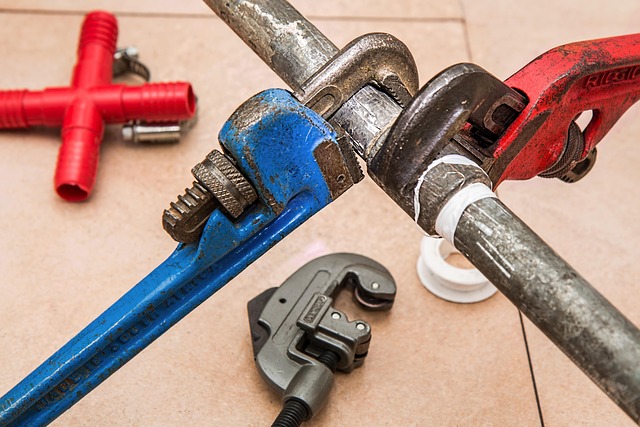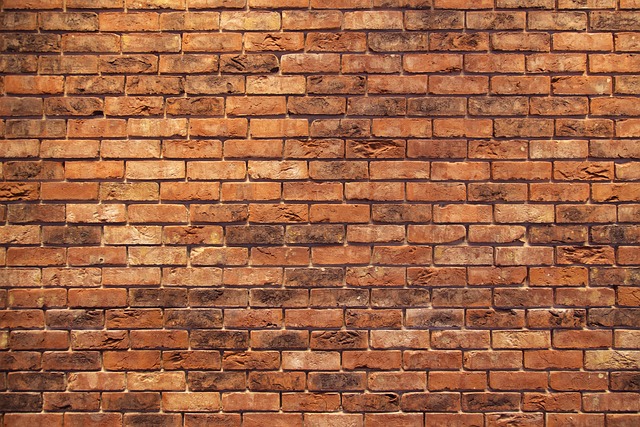Understanding stem wall cracks' causes, from soil settlement to temperature fluctuations, is key to effective repair. Evaluating damage involves assessing crack patterns and types for tailored reinforcement. Choosing between steel bars and FRP ensures strength and durability. Modern repair techniques like carbon fiber wrapping and epoxy injection prevent crack propagation. Regular visual inspections and maintenance are crucial for early detection, preventing long-term structural damage, especially in seismic zones or areas with settling soils.
Structural crack reinforcement is a crucial aspect of ensuring the longevity and stability of stem wall systems. This comprehensive guide delves into the essential components of structural crack management, including understanding the causes behind these defects, evaluating damage for efficient repairs, and selecting suitable reinforcement materials. By exploring effective repair techniques and preventive measures, we equip homeowners and professionals with vital knowledge for addressing and mitigating stem wall issues, ensuring long-term stability.
Understanding Structural Crack Causes

Understanding the causes behind structural cracks is a crucial first step in any reinforcement process, especially when it comes to stem wall repair. These cracks can result from various factors such as settlement of the soil beneath the structure, differential hydration of concrete, or even extreme weather conditions. One common cause is the expansion and contraction of materials due to temperature fluctuations, which can lead to stress buildup and subsequent cracking.
Another significant factor is the weight of the building itself, especially in older structures where inadequate foundation design may contribute to cracks forming over time. Stem wall repair focuses on addressing these issues by reinforcing the existing walls, ensuring stability, and preventing further damage. By identifying and understanding the root causes, professionals can implement effective solutions for long-lasting crack reinforcement.
Evaluating Damage for Stem Wall Repair

Evaluating damage is a crucial step in preparing for stem wall repair. This process involves meticulous inspection to identify the extent and type of cracks, their patterns, and potential causes. By thoroughly assessing the structural integrity of the stem wall, professionals can determine the most effective reinforcement methods.
During the evaluation, experts consider factors such as crack width, depth, and length, which help classify the damage. These observations guide the selection of appropriate repair techniques, ensuring that the stem wall is reinforced to prevent further deterioration or collapse, thereby enhancing overall structural stability.
Choosing Reinforcement Materials

When it comes to structural crack reinforcement, particularly in stem wall repair, selecting the right reinforcement materials is paramount. The choice depends on various factors such as the severity of the crack, the load-bearing requirements, and environmental conditions. Steel bars are a popular option due to their high strength-to-weight ratio, making them effective for both residential and commercial stem wall repairs.
For durable and long-lasting solutions, fiber-reinforced polymers (FRP) are increasingly favored. These materials offer excellent corrosion resistance, making them ideal for wet or salty environments. Additionally, FRPs can be molded into complex shapes, facilitating precise crack repair and enhancing the overall structural integrity of the stem wall.
Implementing Effective Repair Techniques

Implementing effective repair techniques is paramount in addressing structural crack reinforcement, particularly for stem wall repair. This involves assessing the extent of damage and choosing appropriate methods tailored to the type and severity of cracks. Modern solutions offer advanced materials like polymeric compounds and fiber-reinforced composites, which provide superior strength and flexibility compared to traditional repairs.
Stem wall repair, a critical aspect of structural reinforcement, requires meticulous planning. Professionals employ techniques such as carbon fiber wrapping or epoxy injection to prevent further crack propagation. These innovative approaches not only enhance the structural integrity but also ensure longevity and stability, making them ideal for both residential and commercial buildings.
Ensuring Long-Term Stability and Prevention

Structural crack reinforcement is crucial for ensuring long-term stability and preventing further damage in buildings, especially in areas prone to seismic activity or settling soils. One critical aspect often overlooked is the reinforcement of stem walls, which bear significant structural load. Stem Wall Repair involves assessing the extent of cracks and implementing appropriate repair techniques using advanced materials like carbon fiber wraps or epoxy injections to fortify these walls against future shifts and stresses.
Regular inspection and maintenance are key to early detection of cracks, enabling prompt action before they widen or deepen. By addressing stem wall cracks through effective repair methods, structures can maintain their integrity over extended periods, safeguarding the safety and investment value of properties in challenging environments.
Visual Inspection and Regular Maintenance Tips

Regular visual inspections are crucial for early detection of structural cracks, especially in stem wall repair cases. Homeowners and property managers should make it a routine to examine exterior walls, paying close attention to any signs of stress or damage. Cracks can vary in size, from mere hairlines to wide gaps, and they often appear as vertical or diagonal lines. Even minor cracks can indicate underlying issues, so addressing them promptly is essential for preventing further deterioration.
During these inspections, look out for bulging walls, uneven surfaces, or signs of water intrusion, as these could suggest more severe structural problems. Regular maintenance involves keeping the area around the stem wall clear of debris and overhanging branches, which can cause additional strain. Applying a waterproof barrier and ensuring proper drainage away from the foundation can also help mitigate crack formation and protect against future damage.
